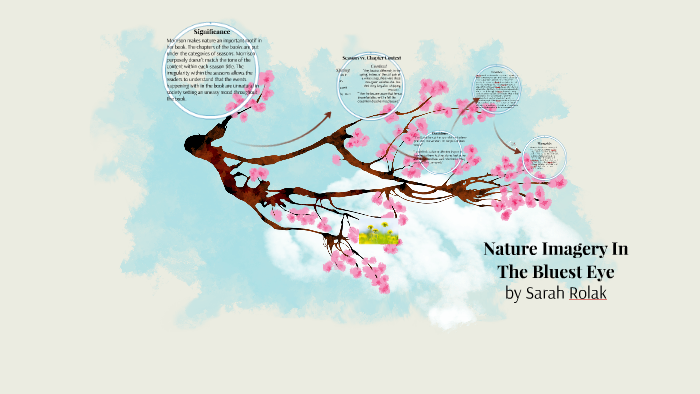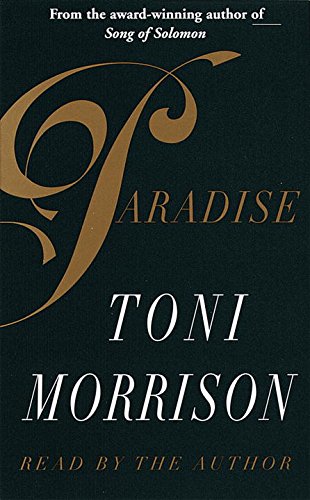
The first instance of this is Pectoral s encounter with Mr. This comes about in this novel due to the interactions with white and pseudo-white characters who have subscribed to the idealized notions of white superiority.

Pectoral Overlooked is the prime character that is influenced by these negative images of God, and the influence of the Western religion’s ‘values’ shown in the novel shushes her into an unfortunate type of lack of ‘Self. This color suggests coldness and blindness towards people not sharing in His whiteness. There is color people playing a part in this God’s composition, instead, focus is on the color blue – that his eyes are portrayed to be. ‘ In The Bluest Eye however, the Resurrection images and influences of the Western God have a lasting negative effect on many of the black characters. This existentialist epiphany becomes manifest when Celli writes, “I’m pore, I’m lack, I may be ugly and can’t cook, a voice say to everything listening. It is thus possible to identify Celli with the color purple by realizing that she has gone unnoticed and is finally being noticed as she asserts her existence. For the first time in Collie’s life, the color people (purple) are recognized by God and she is liberated with the belief that the color purple/people is/are noticed as a part in God’s majestic composition, and that this God is everything and everywhere. In her rejection of the Euro-central God who doesn’t listen to her prayers, Celli berates her ‘Self’ and finds identity – evident in her signing of her letters which she now addresses to Nettle. Celli then accepts and employs Chug’s ideology that ‘God is inside you and inside everyone else.


If Celli looks for God in a white church or a white written Bible it is inevitable that she will encounter a white God, therefore she must look at her immediate environment for guidance. ‘ Chug encourages Celli to reject ‘religious beliefs which reinforce sexist and racist domination’ and insists on ‘the primacy of a spiritual life’. Celli distrusts a white male God because he does not listen to ‘poor colored women. Celli explains that she stopped writing to God because he gave her ‘a lynched daddy, a crazy mama, a lowdown dog of a step pa and a sister probably onto ever see again. Logically however, one must ask… Hat interest goes the white God (who is especially portrayed in Afro-American writings such as The Color purple and The Bluest Eye as a further extension of Patriarchal values) have in black people? Mores, if the Christian bible is so heavily influenced by white man, what interest does the God it portrays have in black women? In The Color Purple, Collie’s original intended audience is a white, male God who does not listen to her prayers, and her letters remain anonymous. ‘Humble yourself and cast your burdens to God’ they say, for ‘He will make all wrongs right’. However, in the Euro-influenced Christian religion especially, directly after ‘finding one’s self, one is called to deny one’s self in the name of a white ‘God’. Religion is believed by many to serve as a means to achieving or finding self or identity. Providing an in depth analysis of these texts, this essay attempts to illustrate how both of these Afro-American writers depict and resolve their respective protagonists’ struggles.


 0 kommentar(er)
0 kommentar(er)
